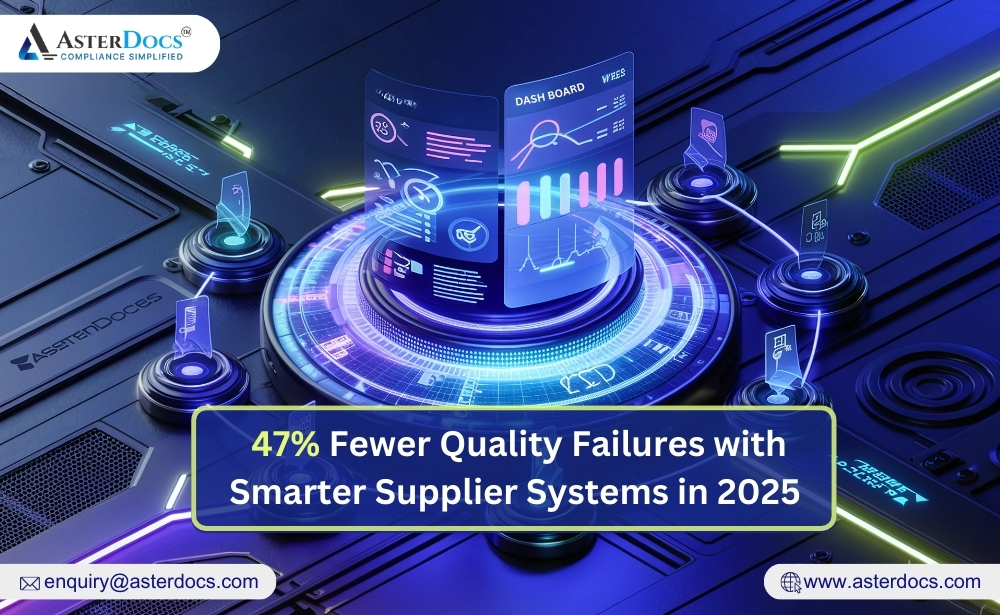Forget “business as usual” in B2B. Every advantage count, and the most potent one doesn’t sparkle on a shelf or flash on a screen. It hides in your supplier relationships. But if you’re stuck in the “order-deliver-pay” hamster wheel, you’re leaving a fortune on the table. Time to break free. Harness the power of Data Analytics in Supplier Management to crack the code on transformative partnerships. It’s time to turn suppliers into allies, not just vendors.
From Blind Spots to Breakthroughs:
Traditionally, supplier management has relied on gut instincts and spreadsheets, leaving you vulnerable to blind spots and hidden risks. Data analytics, however, flips the script. By harnessing the power of data, you gain deeper insights into your suppliers’ performance, allowing you to:
- Identify hidden cost savings: Analyze spending patterns and identify areas for negotiation or alternative sourcing.
- Optimize inventory management: Predict demand fluctuations and optimize inventory levels to avoid stockouts and overstocking.
- Mitigate risk: Proactively identify potential disruptions in the supply chain and implement mitigation strategies.
- Build stronger partnerships: Foster collaborative relationships with high-performing suppliers through data-driven communication and transparency.
Unlocking the Power of Data:
But how do you leverage data analytics in your supplier management?
Here are some key steps:
- Define your goals: What are you hoping to achieve with data analytics? Cost reduction, improved risk management, or enhanced sustainability? Clearly defined goals will guide your data collection and analysis.
- Gather the right data: This goes beyond just invoices and purchase orders. Think quality metrics, compliance, financial stability data, and even social responsibility indicators.
- Invest in the right tools: Data analytics doesn’t require a PhD in statistics. User-friendly analytics platforms and dashboards can help you visualize complex data and identify key trends.
- Analyze and interpret: Don’t let the data overwhelm you – actively seek out insights that can be used to make concrete decisions about supplier selection, performance management, and risk mitigation.
- Build a data-driven culture: Encourage collaboration between procurement, finance, and other departments to ensure data is used effectively across the organization.
The Bottom Line:
Don’t let Data Analytics in Supplier Management just gather dust – weaponize it to transform your B2B supplier game. Mine your data for deeper relationships, smoother supply chains, and cost-slashing breakthroughs. Turn suppliers from transactional cogs into collaborative engines. Start by identifying key metrics, then test-drive different tools. It’s an iterative journey, not a magic trick. Keep the wheels of insight turning and watch your business rocket past the competition.














